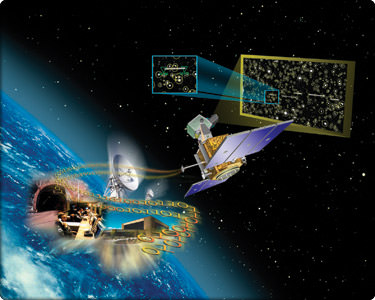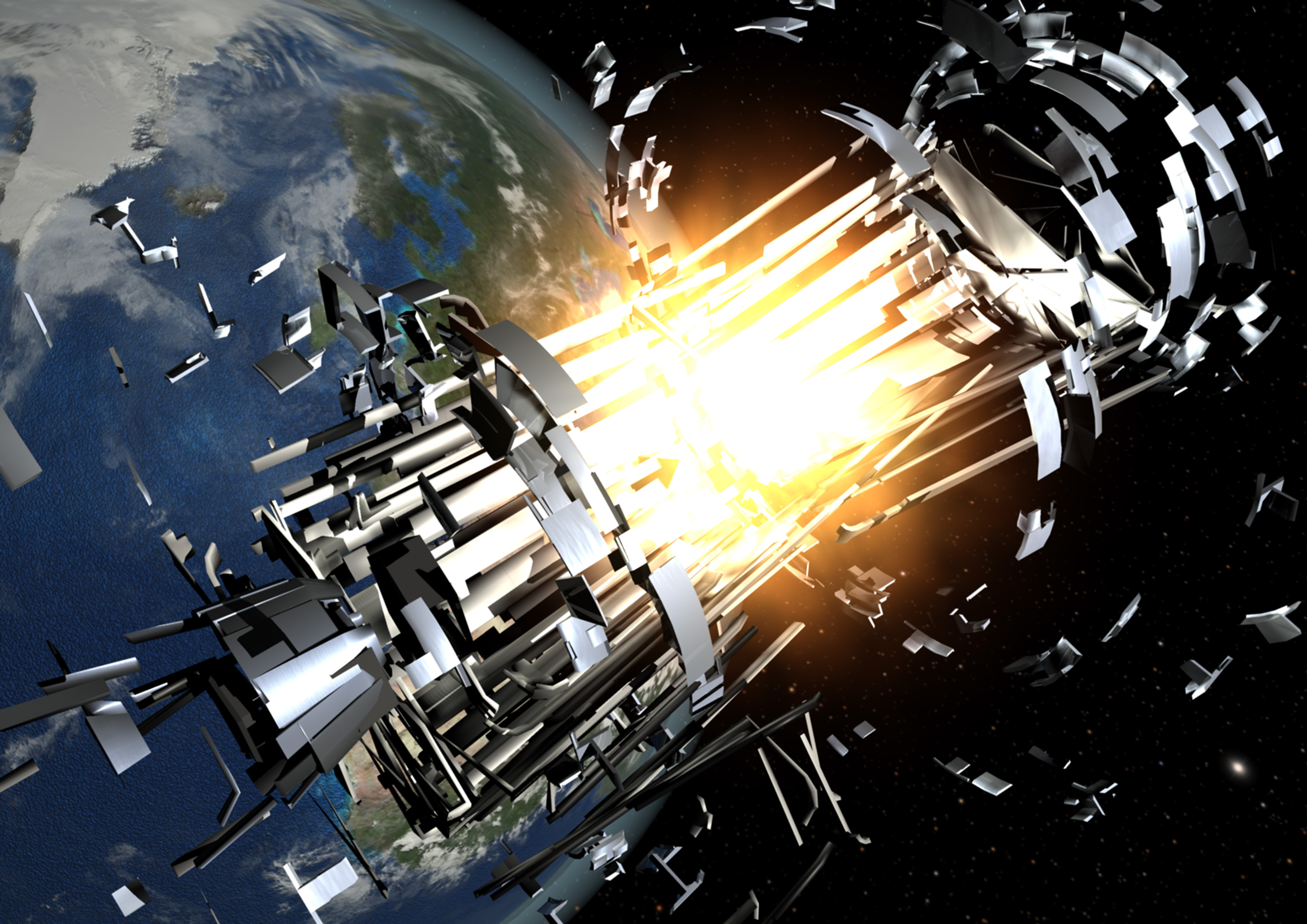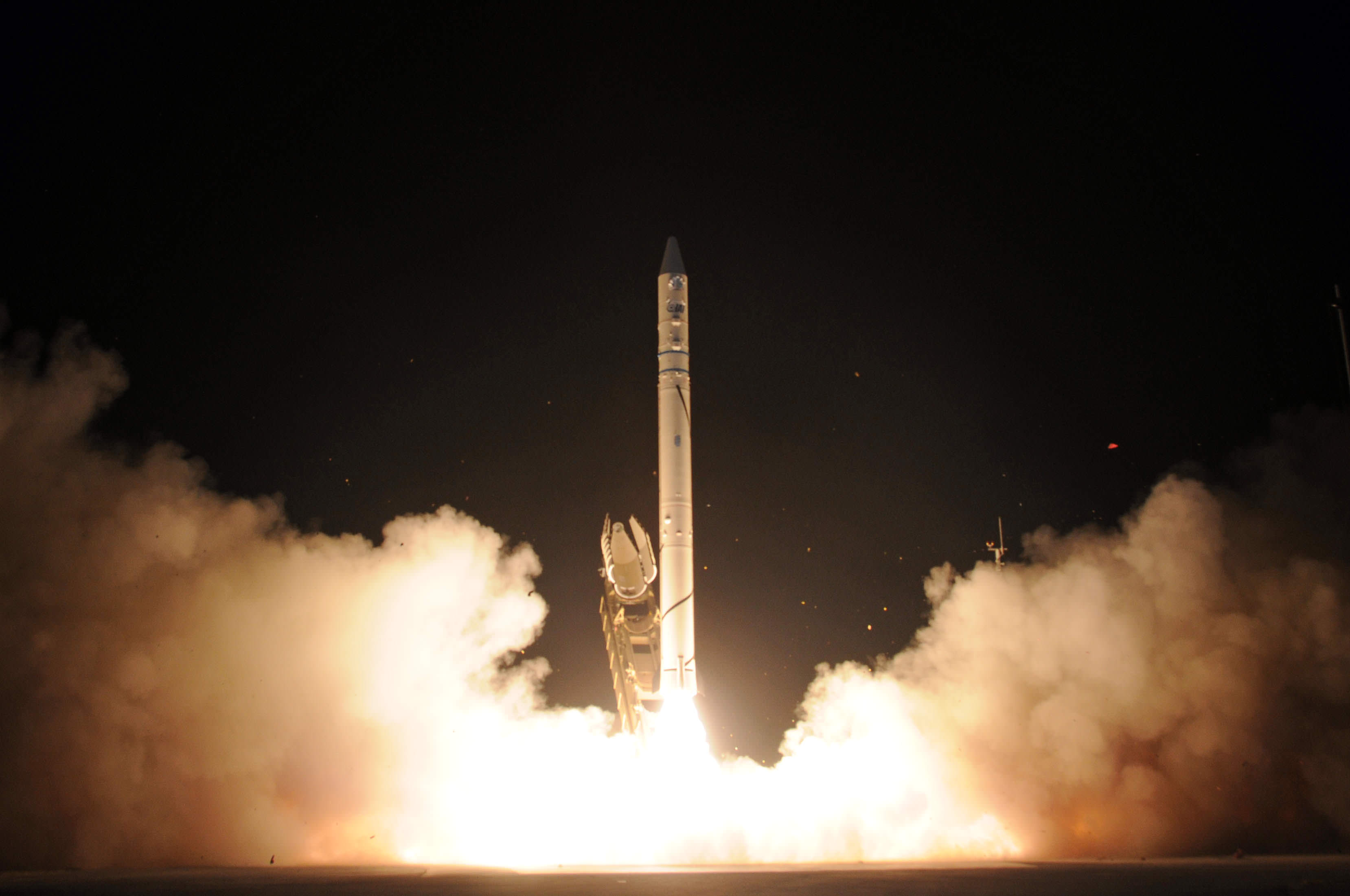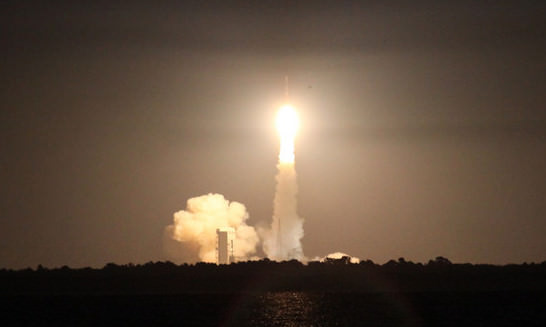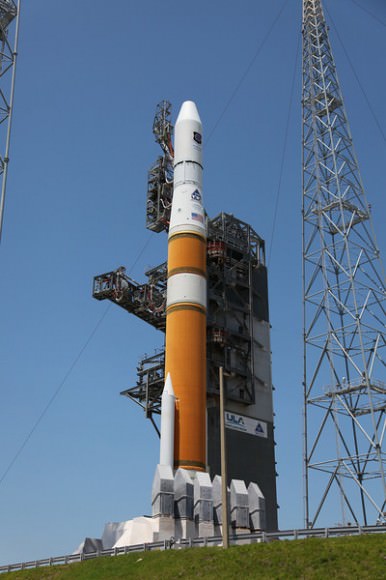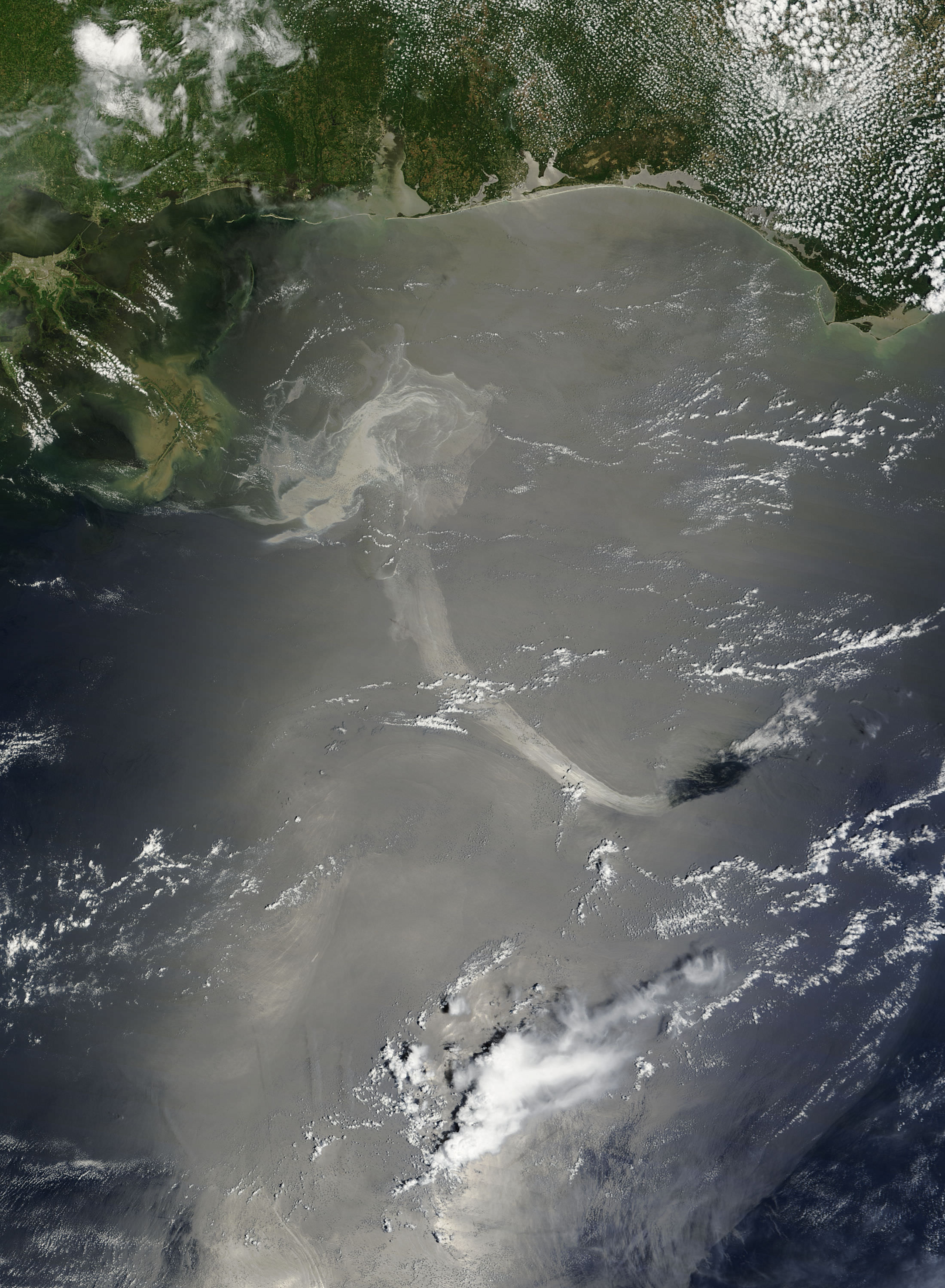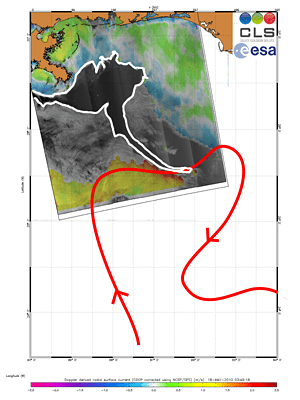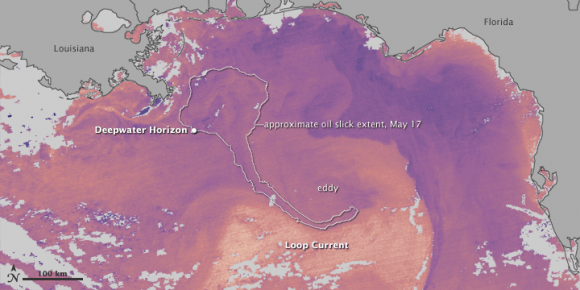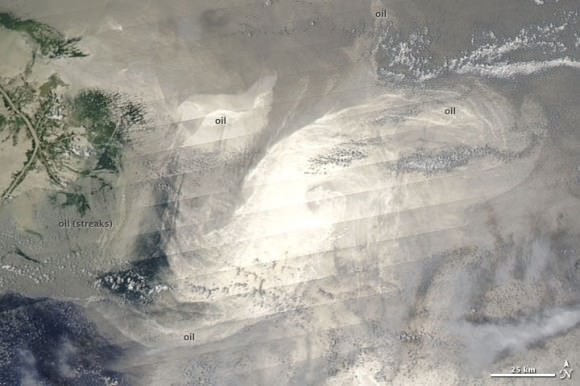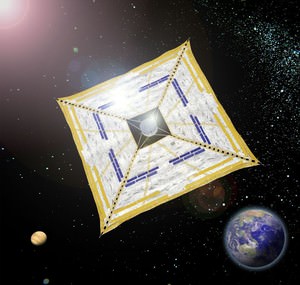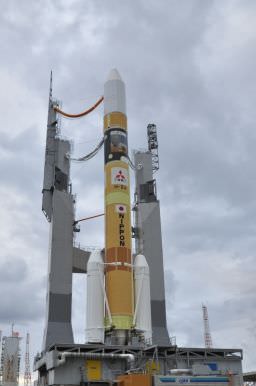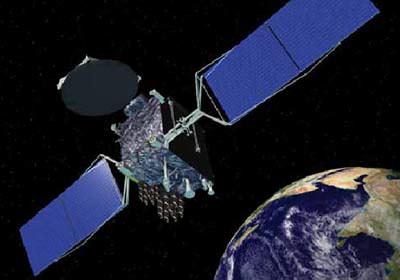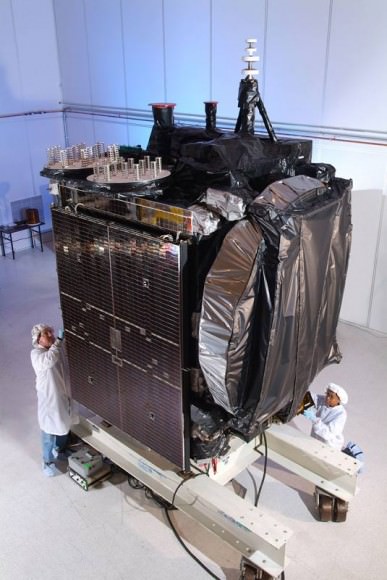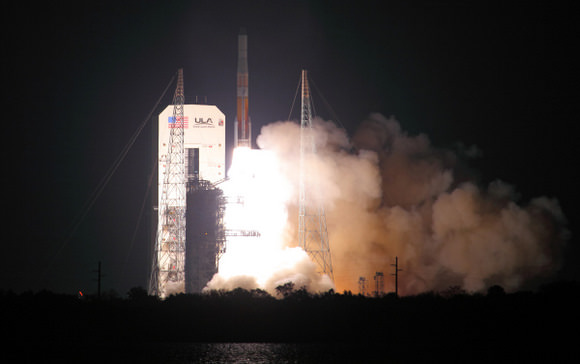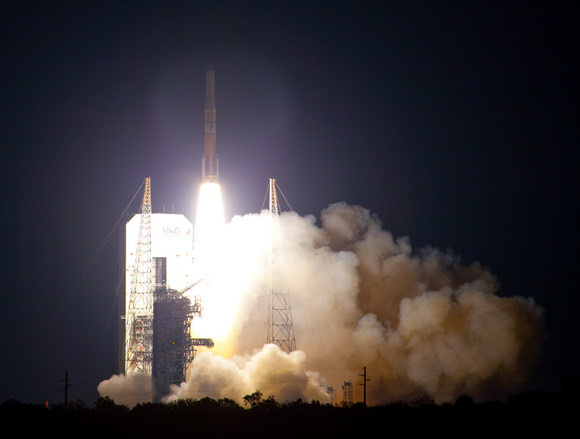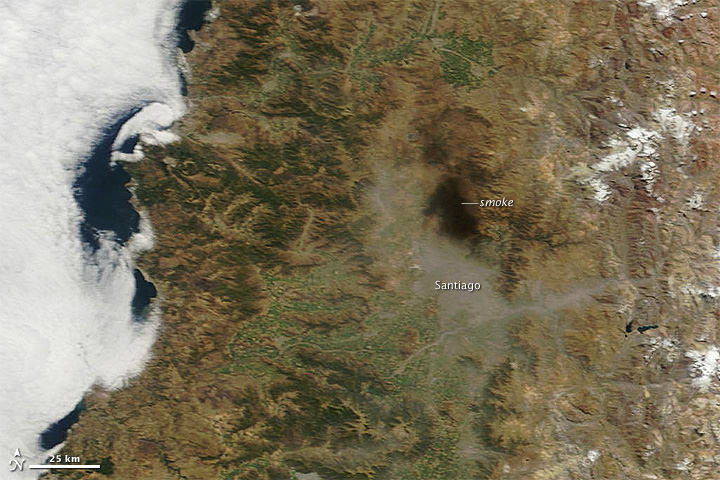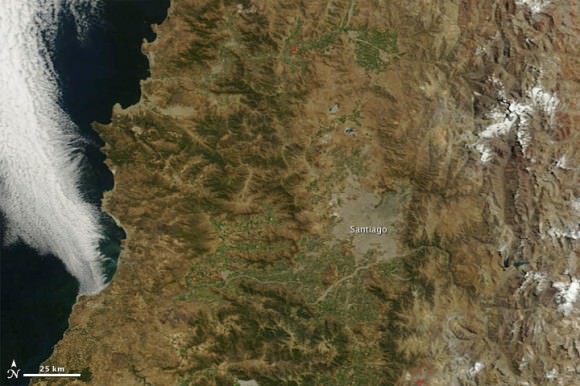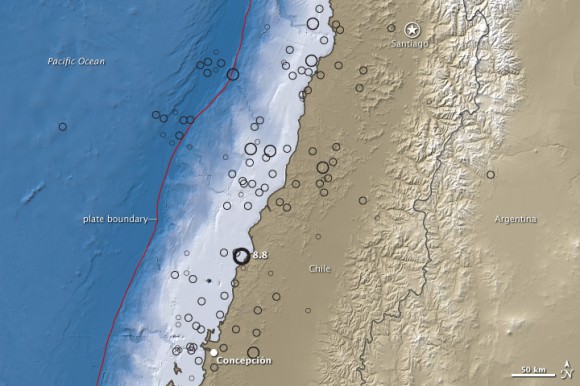[/caption]
The U.S. Air Force will launch the first-ever satellite dedicated solely to tracking the positions of other satellites and the thousands of pieces of space debris in Earth orbit. The $500 million Space-Based Space Surveillance satellite, scheduled for a July 8 launch from Vandenberg Air Force Base, in California, will continuously monitor the “traffic” around the Earth, providing an unobstructed view day or night. Currently, the ground-based radar and optical telescopes used to track satellites and space junk can only be used on clear nights, and not all the observatories are powerful enough to detect objects in high or geosynchronous orbits.
This is the first satellite in the SBSS System that will eventually lead to a constellation of satellites to detect and track orbiting space objects, according to Boeing, the prime contractor for this first “Pathfinder” satellite. While the Air Force is the primary user of the SBSS satellites, the US Department of Defense will also use data from the eventual satellite system to support military operations, and NASA can use the information to calculate orbital debris collision-avoidance measures for the International Space Station and Space Shuttle missions.
The Air Force estimates there are about 1,000 functioning satellites and about 20,000 pieces of debris orbiting Earth.
The new satellite will be in orbit 627 kilometers (390 miles) above the Earth, and has an optical camera on a swivel mount, so the camera’s view can be changed without burning fuel to move the satellite, and will concentrate on satellites and debris in deep space. The information from the satellite will be sent to a command center at Schriever Air Force Base in Colorado.
The Air Force space surveillance network previously had partial use of a satellite called the Midcourse Space Experiment, which was designed to track missiles but could also monitor objects in orbit. It’s no longer functioning.
Right now, the Air Force can detect objects as small as 10 centimeters across, or about 4 inches, and they have not released information on the the capabilities of the new satellite.
The Secure World Foundation says there could be millions of pieces of debris in total around the Earth. Debris at altitudes above several hundred kilometers can stay in orbit for decades or even centuries, and those about 1,500 kilometers will remain in orbit for thousands of years. Even very small particles of space debris can have a devastating effect on anything they hit because of their high relative impact velocities.
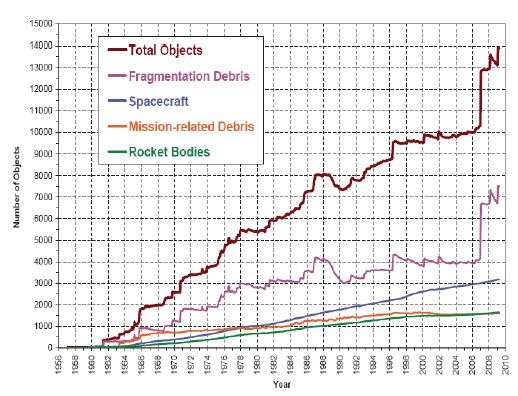
This chart displays a summary of all objects in Earth orbit officially cataloged by the U.S. Space Surveillance Network. “Fragmentation Debris” includes satellite breakup debris and anomalous event debris, while “Mission?related Debris” includes all objects dispensed, separated, or released as part of the planned mission. Note the dramatic increase in fragmentation debris caused by the Chinese ASAT test conducted in January 2007. Another smaller increase is noted following the 2009 collision between an Iridum communications satellite and a non-functioning Russian satellite.
It is hoped the new SBSS satellite will increase the capabilities to help avoid future collisions.
Sources: Boeing, Secure World Foundation, AP

